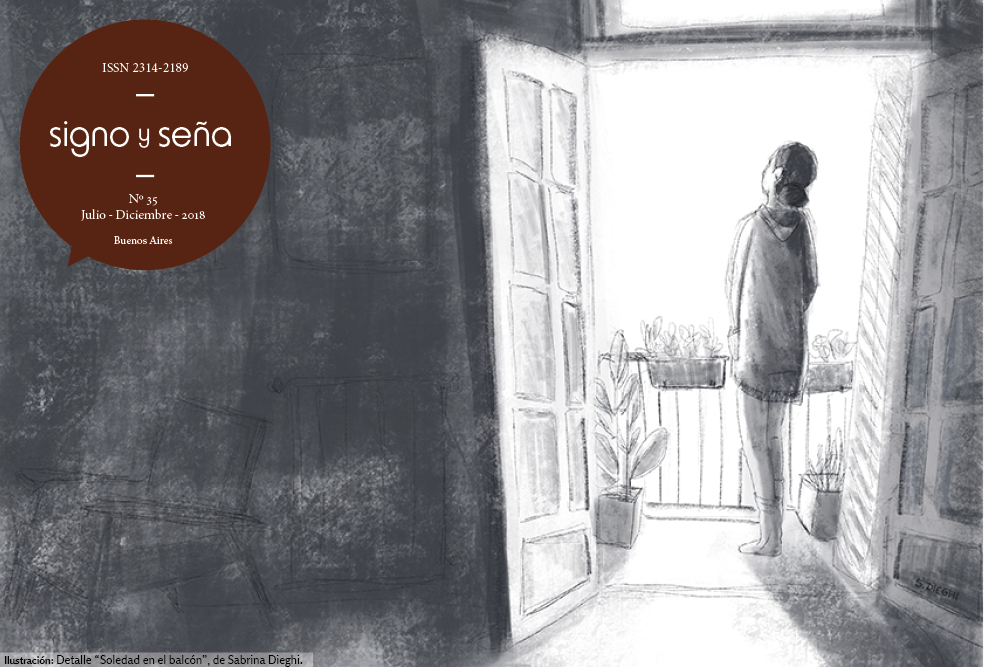Languages on the marquee: linguistic landscape analysis of Buenos Aires City neighborhoods
Keywords:
linguistic landscape, legislation, Buenos Aires City, immigration, tourism
Abstract
The city of Buenos Aires has received different waves of immigration that structure its urban space in a singular way. Nowadays, different linguistic practices emerge from the superdiversity (Vertovec 2007) that comes out of new migrations and new ways to communicate due to technology development. We attempt to trace those practices through a linguistic landscape approach (Landry y Bourhis 1997; Itagi y Singh 2002), known as the study of all the written and spoken languages on a given territory. We search commercial shop signs, advertising billboards, public signs on government buildings and street signs on Balvanera and Flores in order to understand the impact of migratory communities and the place given to foreign languages as a symbol of global citizenship and prestige. Besides, the use of foreign languages in signs, sometimes, express an unequal access to them. We will consider how the city legislates about the presence of languages on the public spaces.Downloads
Download data is not yet available.
Published
2019-07-01
How to Cite
Bengochea, N. (2019). Languages on the marquee: linguistic landscape analysis of Buenos Aires City neighborhoods. Signo & Seña, (35), 47-88. https://doi.org/10.34096/sys.n35.6937
Issue
Section
Dossier. Paisajes lingüísticos latinoamericanos: razones a favor, en contra y un montón de artículos
- Authors keep the copyright and give the journal the right of the first publication, with the work registered with the Creative Commons Attribution-ShareAlike 4.0 International License, which allows third parties to use what is published whenever they mention the authorship of the work and the first publication in this magazine.
- Authors can make other independent and additional contractual agreements for the non-exclusive distribution of the article published in this journal (eg, include it in an institutional repository or publish it in a book) as long as they clearly indicate that the work It was published for the first time in this magazine.
- Authors are allowed and recommended to publish their work on the Internet (for example on institutional or personal pages).

















